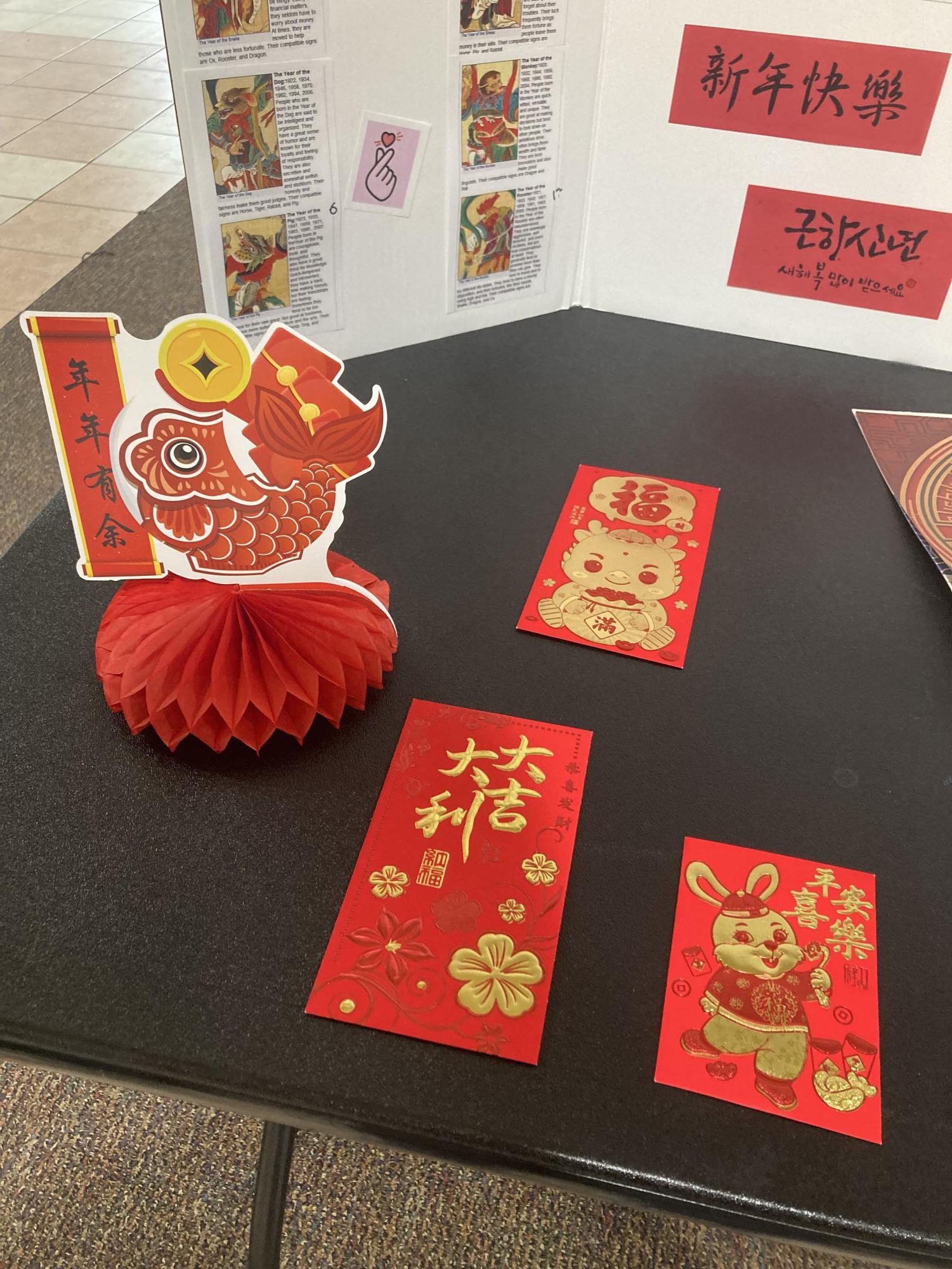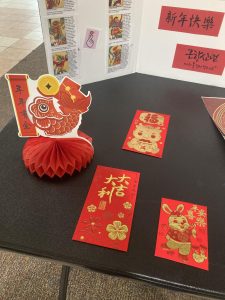Lunar New Year is a holiday in many Asian countries. Unlike the calendar used in the U.S., which follows the sun, the lunar calendar follows the moon. This means the Lunar New Year usually takes place between late January and mid-February.
This year, the Lunar New Year was Jan. 29. However, many students and local residents celebrated the event Feb. 7.
China, Korea and Vietnam are some of the countries that celebrate Lunar New Year. The holiday follows a 12-year cycle where each year is linked to a different animal. The first year is the year of the rat followed by the ox, tiger, rabbit, dragon, snake, horse, goat, monkey, rooster, dog and the last year is the year of the pig. This year will be the year of the snake.
Each animal has a special meaning. There are many stories behind the zodiac animals. For example, in Asian culture, the snake is often seen as smart and wise. The year of the snake also symbolizes good luck. People born in this year will be wise and charming.
Sangyoub Park, associate professor of sociology and anthropology, talked about the Lunar New Year.
“For many people, it is the most important holiday of the year. Families come together, enjoy special food and honor their ancestors. On this day seniors give their juniors a gift inside a red envelope.” Park said. “Even though people are busy, they still find ways to celebrate Lunar New Year, keeping their traditions alive no matter where they are.”
Sweta Chhetri, a student from Nepal, shared her thoughts on the celebration. She does not celebrate Lunar New Year because Nepal follows the Bikram Sambat calendar. However, she found it interesting that each year is linked to an animal.
“It’s different to see how people match their birth year with an animal and its special meaning,” Chhetri said.
Edited by Jeremy Ford and Jayme Thompson

























